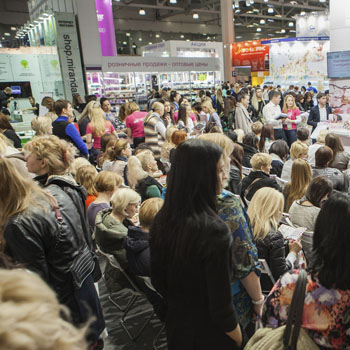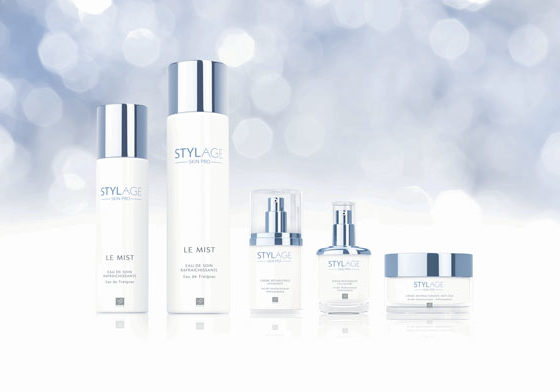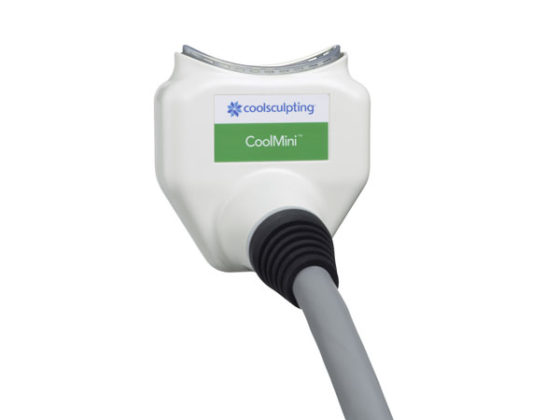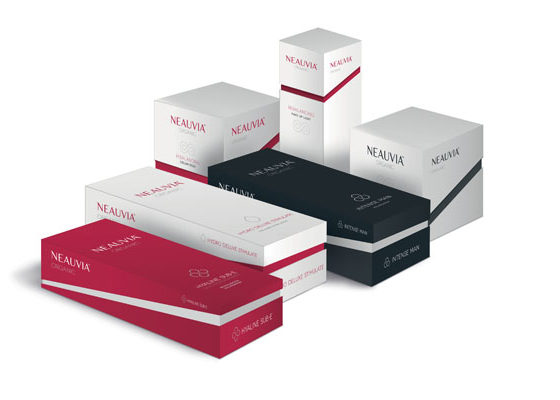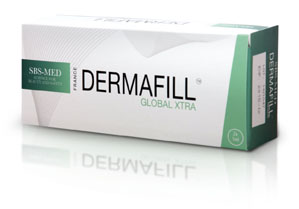Dr Philippe Kestemont
Though the demand for injectable products (botulinum toxin and hyaluronic acid) used to come from people over forty, nowadays more and more young people are using injectables as a preventative measure. We asked Doctor Philippe Kestemont how we can understand and respond to these new expectations.
Anti Age Magazine: We often talk about preventing wrinkles, but at what age should we consider undergoing treatment?
Dr Philippe Kestemont: There is no one rule for everyone: it varies from one person to another. At 40, some women need no work done at all, while others already show visible signs of aging at 30. At age 20, with a simple lift of the eyebrow, we can anticipate the wrinkles that will soon make an appearance, and some people already have dark circles at this age. Sometimes, we can also be faced with an irrational request that stems from a psychological issue. In this case, the doctor’s role is to advise and guide the patient towards other treatments.
Finally, clean living (free from tobacco, alcohol, sun, etc.) and good genes also help.
But we must be aware that every patient requires and deserves a unique approach, either by studying a static photo taken a few years ago or by using a mirror to carry out a dynamic analysis, which will enable us to see which areas will age first. The most important step is a personalised clinical analysis.
AAM: Precisely what role can botulinum toxin play with regard to prevention?
Dr Philippe Kestemont: Botulinum toxin reduces muscle movements in people who have diagnosed muscle hypertonia. For anyone else, botulinum toxin is not required. Take, for example, Asian women, who do not suffer from this complaint and therefore are not concerned by this treatment method.
AAG: And what role does hyaluronic acid play?
Dr Philippe Kestemont: We have noticed that loss of volume can start as early as age 25. If this is the case, early injection would benefit the patient, with the aim of compensating for this loss of volume. Otherwise, there is no point in having hyaluronic acid injections.
AAM: When treating the face, are different types of prevention methods used according to the area to be treated?
Dr Philippe Kestemont: Yes. In general, the forehead area is treated using botulinum toxin, the middle third of the face using hyaluronic acid, and the areas in the centre of the face, which lack fat and often suffer from ptosis, can also benefit from injections of hyaluronic acid.
AAM: So-called “negative” emotions (frowning, etc.) can become etched on the face. Can we foresee and treat them?
Dr Philippe Kestemont: Yes of course. But in order to foresee them, the practitioner must meet with the patient in order to examine the area in question in detail. Then, by way of a dynamic analysis, he can judge whether the patient requires preventative treatment. If treatment is suggested, a combination of botulinum toxin and hyaluronic acid might be recommended.
AAM: What role do skinboosters* play? And how are they injected?
Dr Philippe Kestemont: They are very useful for providing deep hydration and for procedures involving the cheeks, the peri-buccal area and the chin. They give the skin an instant radiance boost and can be used on all skin types. The classic procedure is an injection followed by a top-up injection one or two months later, then one injection every six months.
AAM: Excluding injectables, what other preventative methods are there?
Dr Philippe Kestemont: There are numerous treatments available, namely cosmetics (e.g. Universkin), mesotherapy or PRP. Lasers and reparative surgery are only for repairing and not for preventing, as they are irreversible.
AAM: What good habits should we adopt?
Dr Philippe Kestemont: Anything in excess should be avoided: you should protect your skin from the sun, drink plenty of water and avoid tobacco if possible. But I’d say the most important thing is to take pleasure in life. Sensible pleasure is part of prevention…
*Skinboosters were launched by Galderma laboratories.
Dr Philippe Kestemont
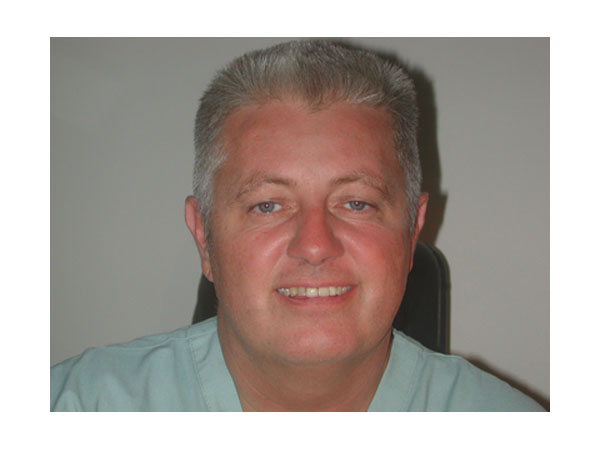
Qualified face and neck surgeon.
Co-director of the yearly course in Surgical Anatomy of the Face at the Nice Medical Faculty since 1996.
Principal investigator for French and European studies into Botox, Dysport and Azzalure for aesthetic indications and for clinical studies of Galderma’s Emervel range.
Organiser of training courses for the injection of botulinum toxin and volumising fillers at Nice Medical Faculty.
Consultant expert for Allergan, Galderma, Merz and Ipsen laboratories.


